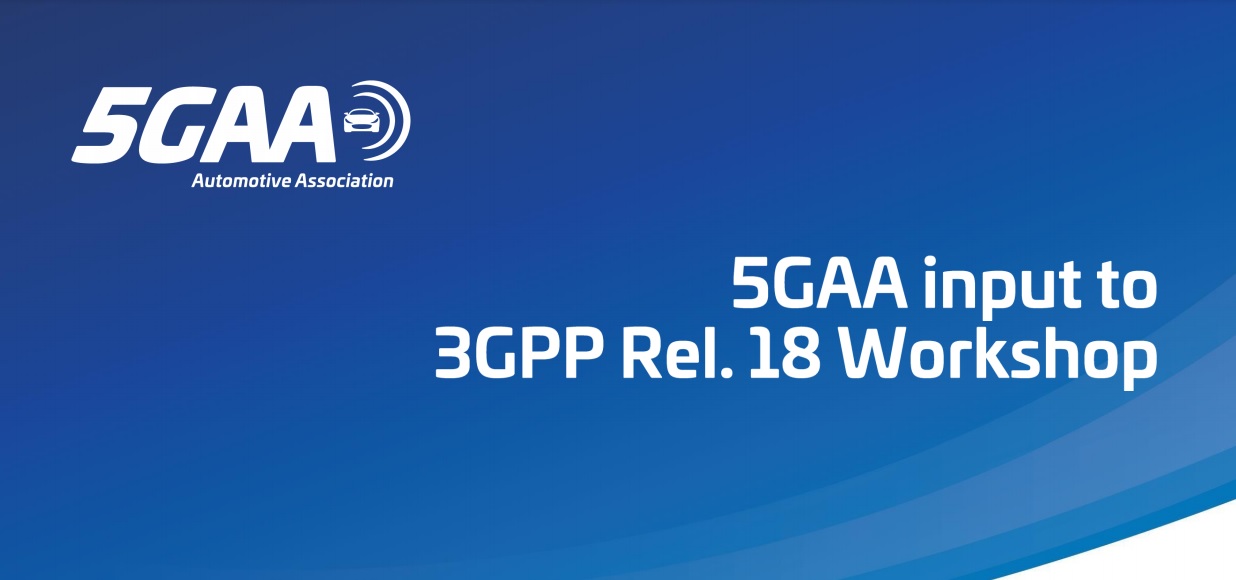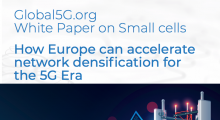
RAN Rel-18: Priority Requirements for Automotive from 5GAA
Maxime Flament, CTO of the 5G Automotive Association (5GAA) presented a set of requirements for advanced use cases at the 3GPP MRP Workshop on RAN Release 18 for Industry Verticals in June 2021.
Inputs to the workshop are based on 5GAA member company proposals for new features and requirements, ranked prioritised for advanced use cases. The input is aligned amongst all sectors of 5GAA membership: automotive OEM, automotive suppliers, MNO, MNO suppliers as part of a consensus-driven approach.
- Positioning enhancements: Advanced use cases require high level positioning accuracy and precision. Advanced use cases include basic and advanced protection of vulnerable road users (VRU), automated driving, teleoperated driving, dynamic intersection management, group start, among others.
- LTE/NR-V2X sidelink co-channel coexistence: Dedicated V2X spectrum is scarce in some regions and LTE/NR-V2X need to coexist even in the same channel. This is important across all basic and advanced use cases. It improves overall system performance, increases deployment flexibility, enables technology migration path from IEEE technology.
- Sidelink carrier aggregation (CA): Some advanced use cases require high data-rate and/or increased reliability. In some regions, the V2X spectrum is fragmented. Examples include high-definition sensor sharing, see through for passing,
- Enhancements to sidelink power saving: Some specific advanced use cases require modes of operation and/or UEs with diverse capabilities. This includes, for example, reliable and sustainable operation of Automated Valet Parking (AVP), to allow maneuver and authentication of requested/activated vehicles supporting the various types of VRU equipment and scenarios, e.g. use of on-board modem for e-Bike and micro mobility also in battery charge mode.
- Predictive QoS: Advanced use cases will benefit from improved predictive QoS, including their safety enhancement goals. Current and future QoS information such as latency, for example, is essential for safe and high quality teleoperated driving.
- UE-to-UE relay: In some environments, e.g. urban, NLOS creates challenges to meet the reliability requirements of some V2X use cases. For example, RSU (roadside unit) intersections may serve as a relay to vehicles in challenging NLOS situations, that is non-line of sight ("seeing around street corners").
- NR-V2X sidelink adjacent-channel coexistence with non-3GPP technologies: V2X spectrum is scarce in some regions and non-3GPP technology is already deployed in some of the available channels.
- Enhancements for vehicular distributed antenna system (DAS) UE transmission: Advanced use cases operating in sidelink unicast mode and also via Uu will benefit from enhanced vehicular DAS UE transmission due to the improved signal quality. This includes HD sensor sharing for AVs, group start, coordinated, cooperative driving manoeuvre, etc.
Download the presentation here.



